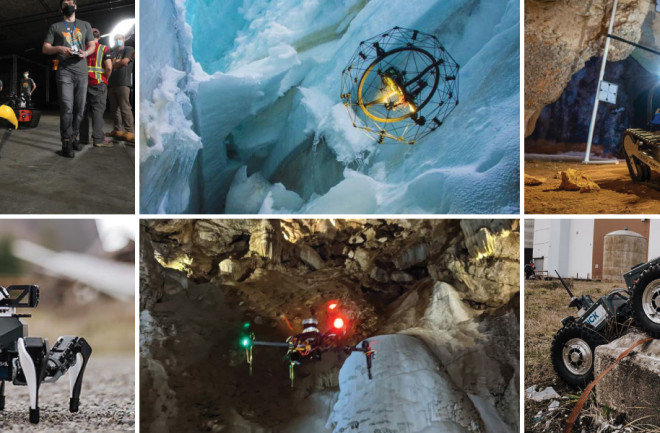When a Manhattan parking garage collapsed in April this year, rescuers were reluctant to stay in the damaged building, fearing further danger. So they used a combination of flying drones and a doglike walking robot to inspect the damage, look for survivors and make sure the site was safe for human rescuers to return.
Despite the robot dog falling over onto its side while walking over a pile of rubble — a moment that became internet-famous — New York Mayor Eric Adams called the robots a success, saying they had ensured there were no overlooked survivors while helping keep human rescuers safe.
Soon, rescuers may be able to call on a much more sophisticated robotic search-and-rescue response. Researchers are developing teams of flying, walking and rolling robots that can cooperate to explore areas that no one robot could navigate on its own. And they are giving robots the ability to communicate with one another and make many of their own decisions independent of their human controller.
Such teams of robots could be useful in other challenging environments like caves or mines where it can be difficult for rescuers to find and reach survivors. In cities, collapsed buildings and underground sites such as subways or utility tunnels often have hazardous areas where human rescuers can’t be sure of the dangers.
Operating in such places has proved difficult for robots. “You have mud, rock, rubble, constrained passages, large open areas … Just the range and complexity of these environments present a lot of mobility challenges for robots,” says Viktor Orekhov, a roboticist and a a technical advisor to the Defense Advanced Research Projects Agency (DARPA), which has been funding research into the field.







